“Korea is the poor man’s Japan,” a well-meaning friend of mine told me nonchalantly many years ago, as I waited to board a flight to Seoul. “Go In with this mindset and it won’t disappoint you the way it did to me.”
Ironically, I ended up intensely disliking Korea intensely after my first trip there, which admittedly took me only to the capital. I felt the country lacked a singular cultural identity, to say nothing of how cold and closed-off the people seemed to be. The air seemed even hotter and stickier than elsewhere in Asia during the summer, the smoggy skies even more impervious to the sun I can only assume was shining above them.
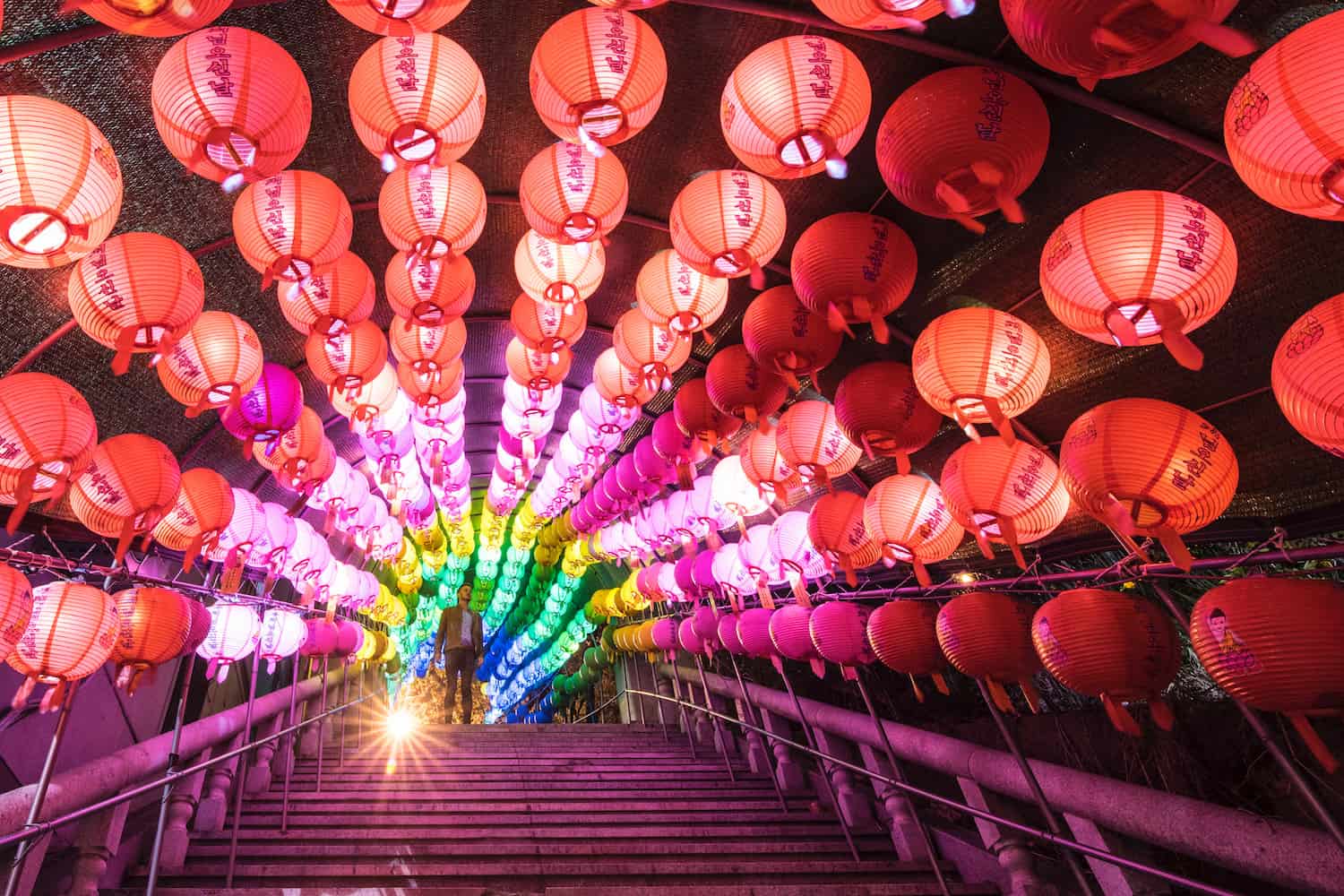
I imagined I would never return until a couple years ago, when I scored a deal on a business class flight back home to the US for Christmas. Since I’d need to originate in Korea, it made sense for me to spend a few days in the country after flying in from Thailand. I set my sights on Busan, along the country’s southern coast—and I fell in love with the city, which I now consider to be among Asia’s most underrated.
I stopped again in Korea (this time, for a brief stint in Seoul) on my way back to Bangkok the following January, and while the deep freeze made it difficult to do much of anything, it made one thing as clear as the winter sky: South Korea—all of South Korea—deserved another chance.
As it turned out, that chance would be somewhat delayed, until about three weeks ago when I touched down again in Busan after my annual cherry blossom trip to Japan. I had long since jettisoned my friend’s warning from years before, but I also tried to temper my greater expectations. Korea might not be the poor man’s Japan, but every country seems inadequate when you fly to it from Tokyo.
I’d be lying, to be sure, if I said my experience wasn’t mixed. It was great to be back in Busan; I finally feel like I’ve wrapped my head fully around Seoul and can get around the city, more or less, without using GPS or scrutinizing the metro map. Seoraksan National Park blew me away; so too did the harbor city of Sokcho, which is so much more than the park’s main access point.
On the other hand, the “historical” city of Gyeongju was probably my biggest disappointment, and not because many of its attractions were clearly rather recent reproductions. I found the town center to be run-down and soulless, to say nothing of how bizarre it was to see Korean couples taking cheerful selfies atop Silla Kingdom-era burial mounds—so much for solemnity.
My trip to the DMZ near Seoul left me feeling similarly, though at least in this case—the existential threat of Kim Jong-un—I can understand why South Koreans would want to fight fire with fancy bus tours to the frontier of their ultimate destruction.
Korea is not the poor man’s Japan; I’d actually say that much of the country’s architecture, culture and history reminds me more of mainland China, at least superficially.
But so much of what truly defines modern Korea is, well, modern. The K-Pop that blares from GS25 stores before the crack of dawn, even locations far outside city centers. Seoul’s pace-setting street food game and its embrace of eclecticism—why not pair your roasted lobster tail with Oreo-flavored churros? The much-hyped (though absent, in a tangible sense) launch of 5G internet or at least of the Samsung Galaxy S10, also know as the iPhone 14.
As was the case with my preceding couple of swings through Korea, the most notable impact of my latest is to make me want to go back again. Whether you’re considering a first trip or plotting a return, I hope these pictures will do the same for you.
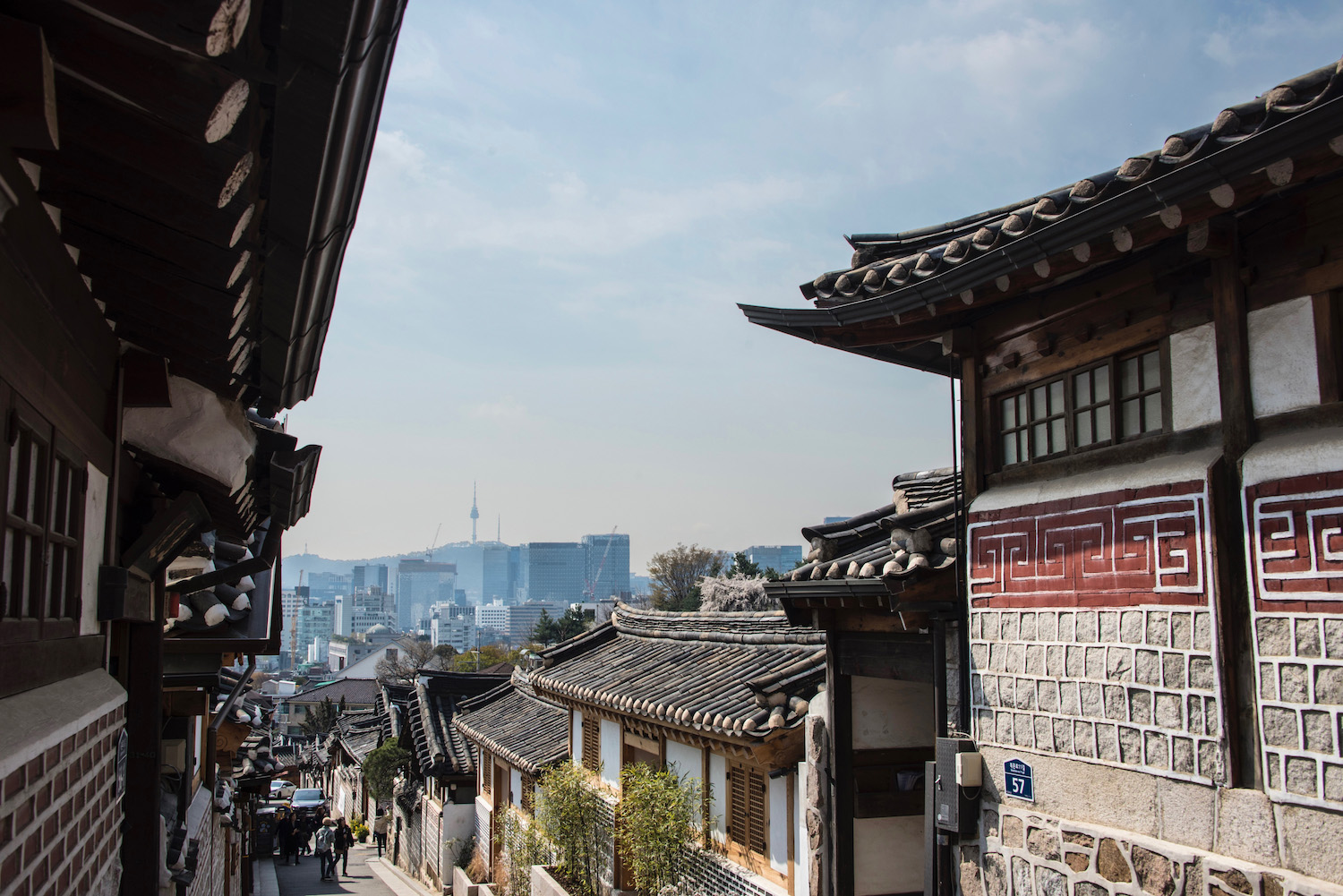
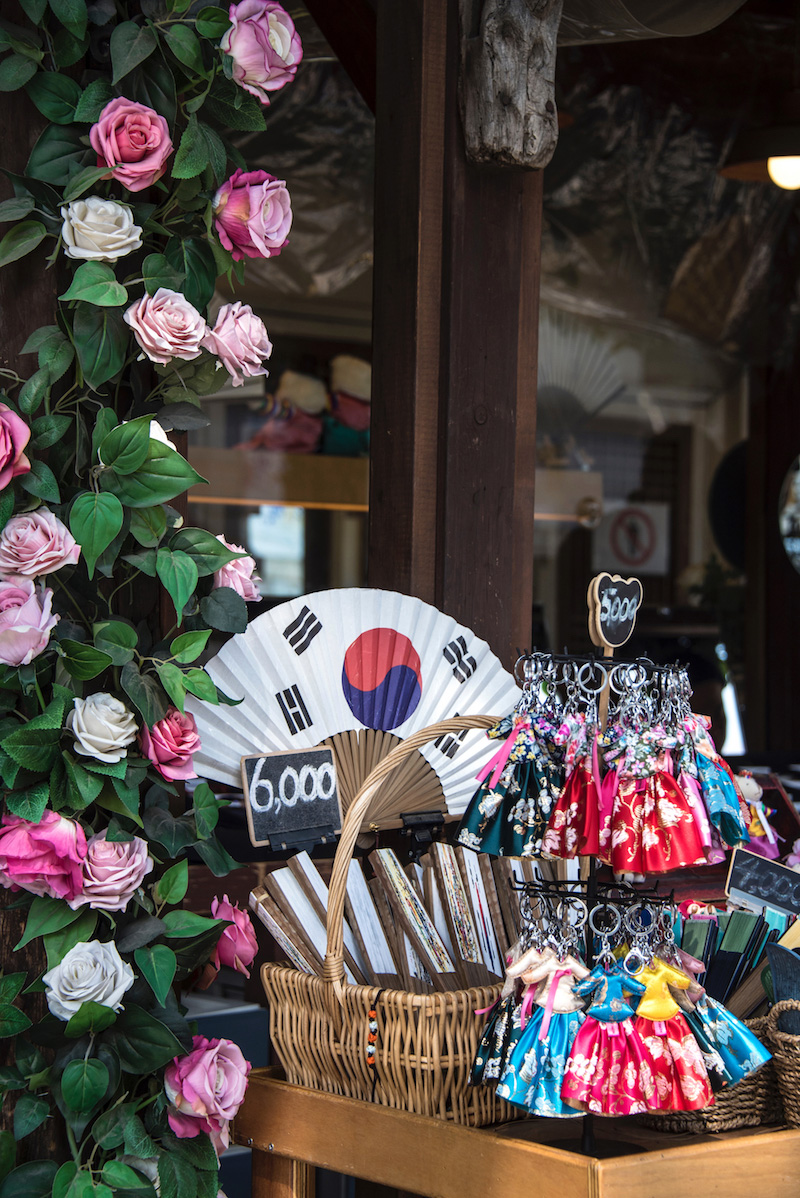
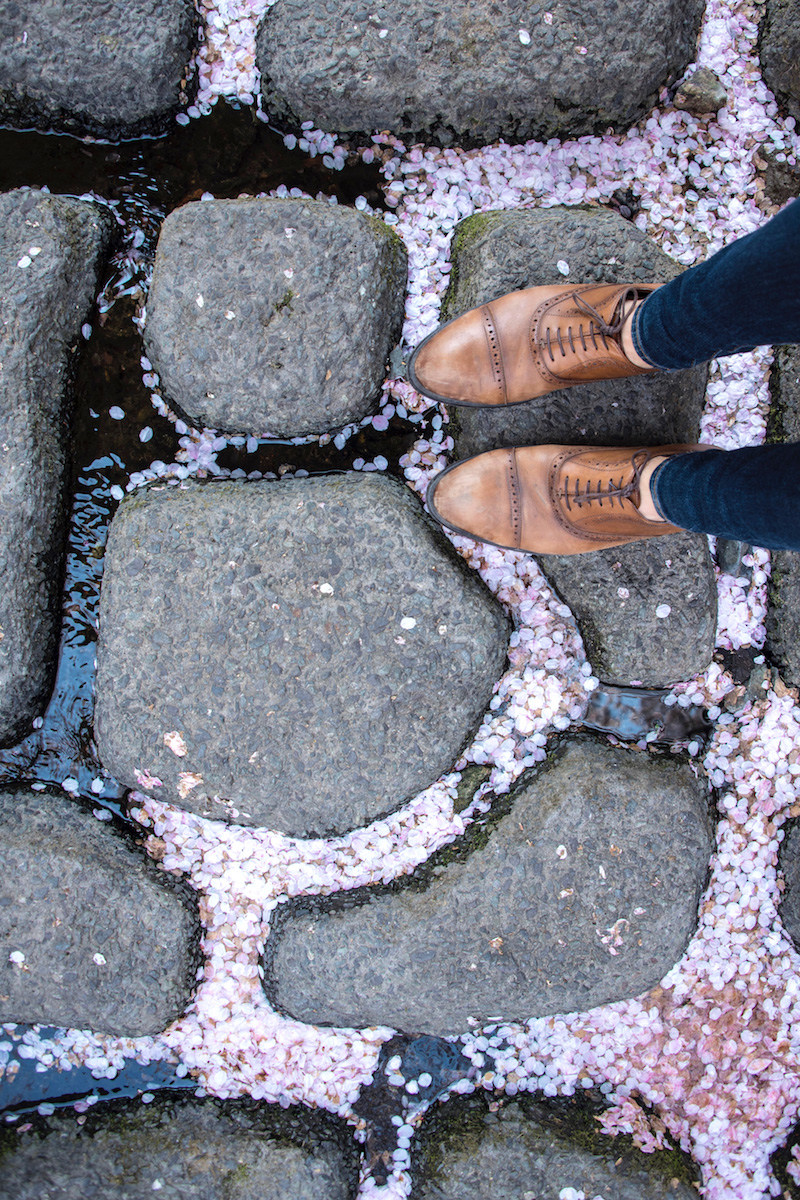
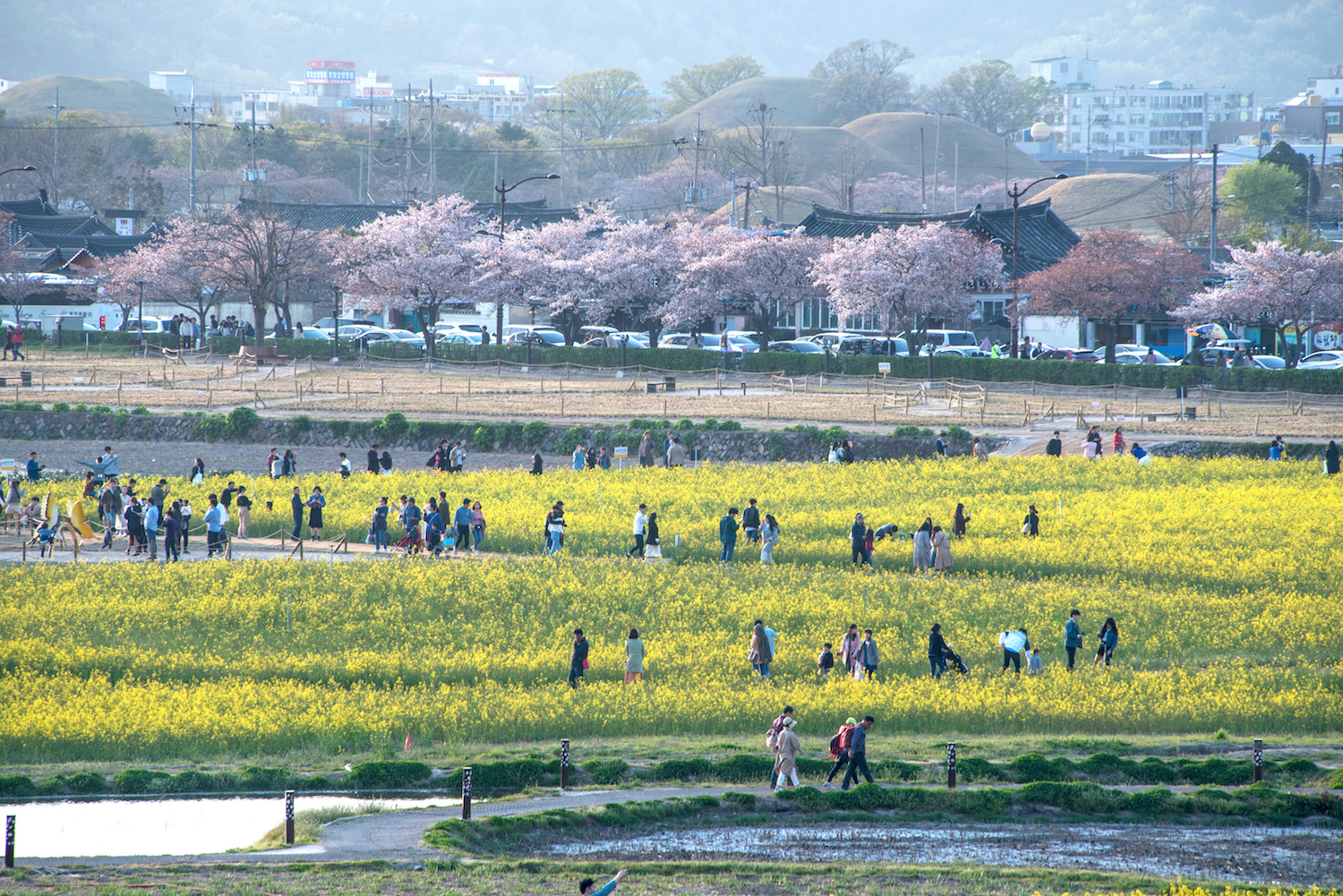
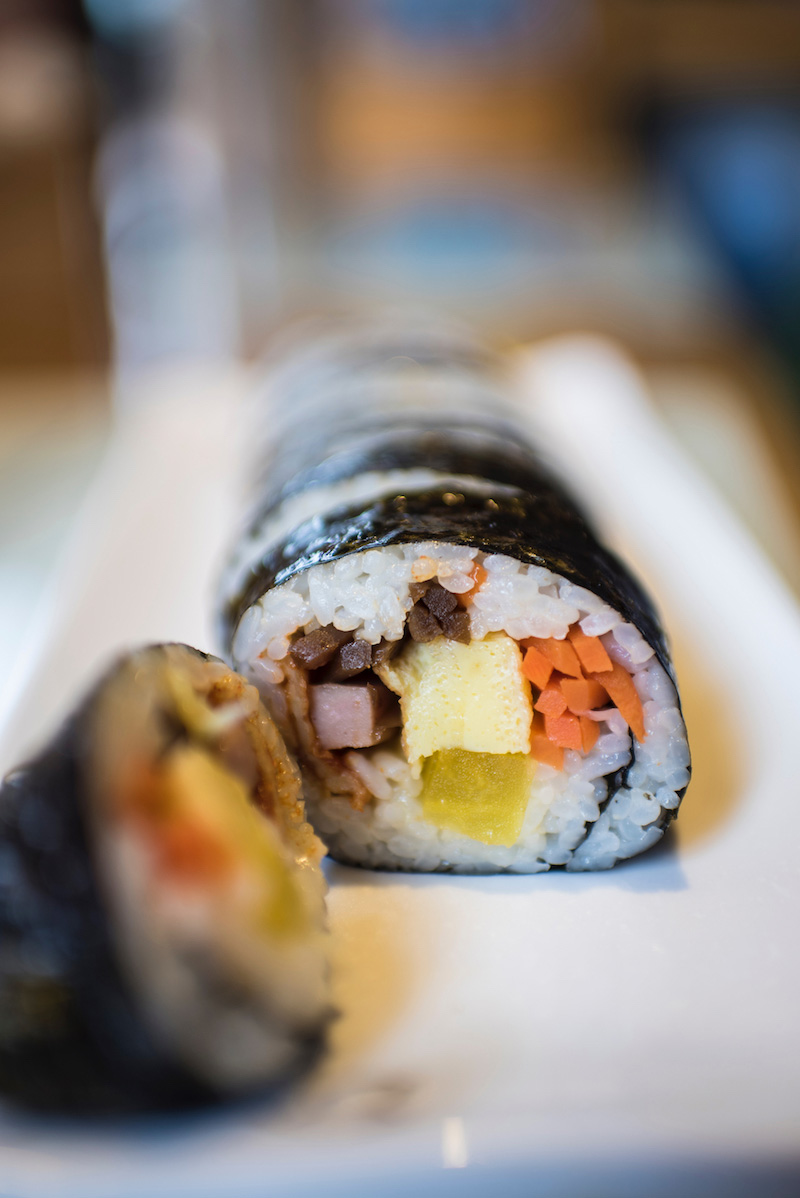
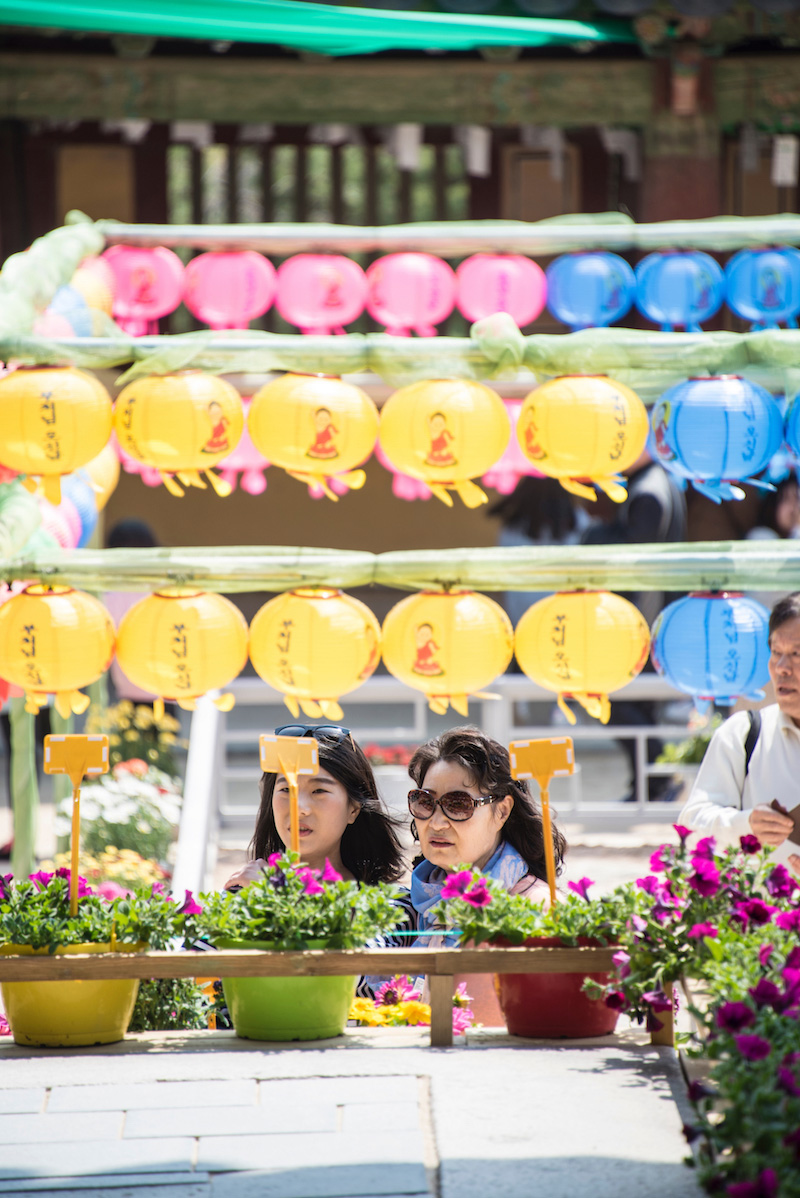
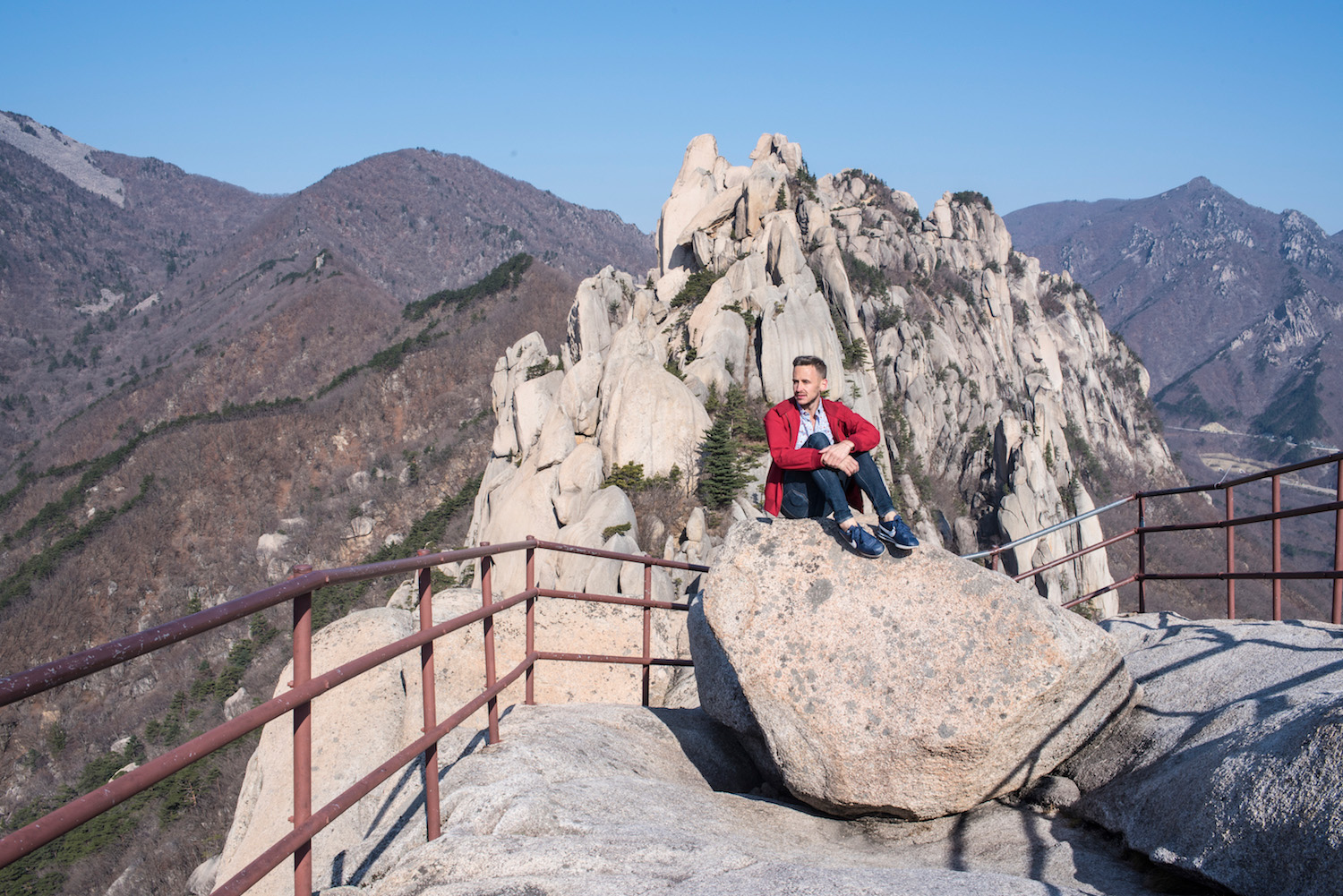
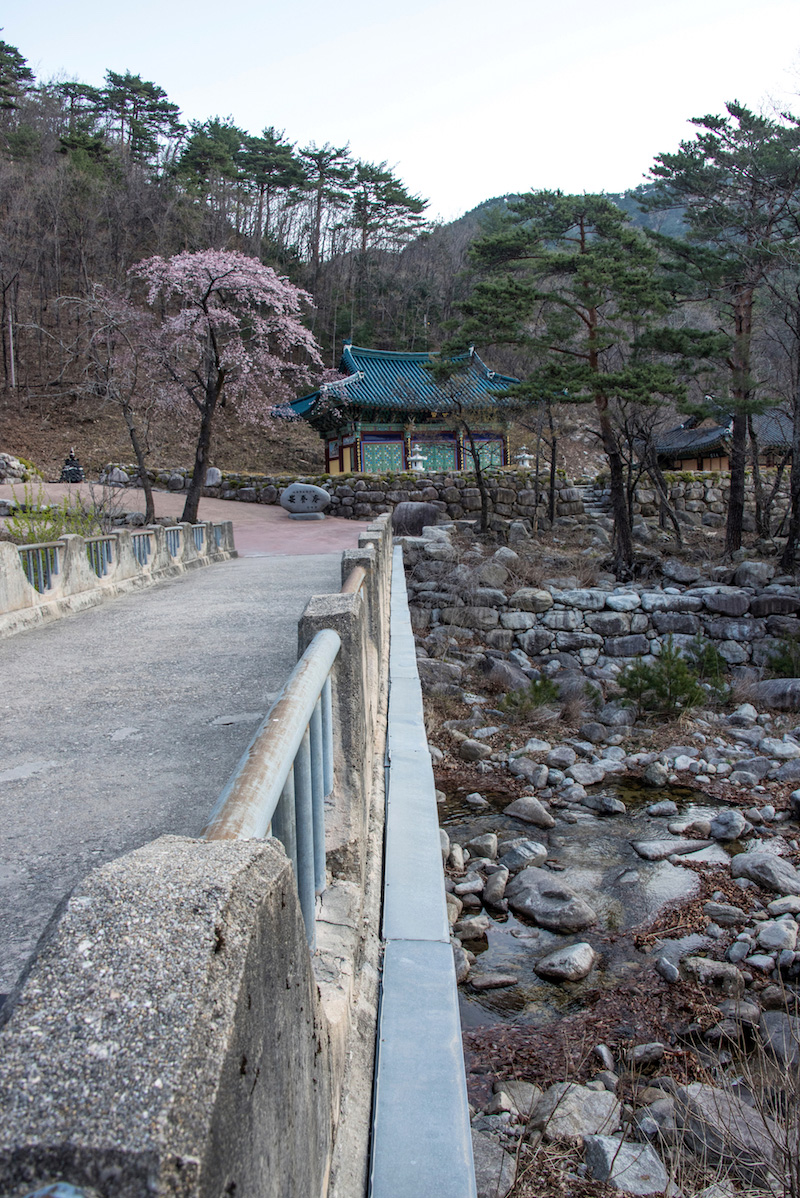
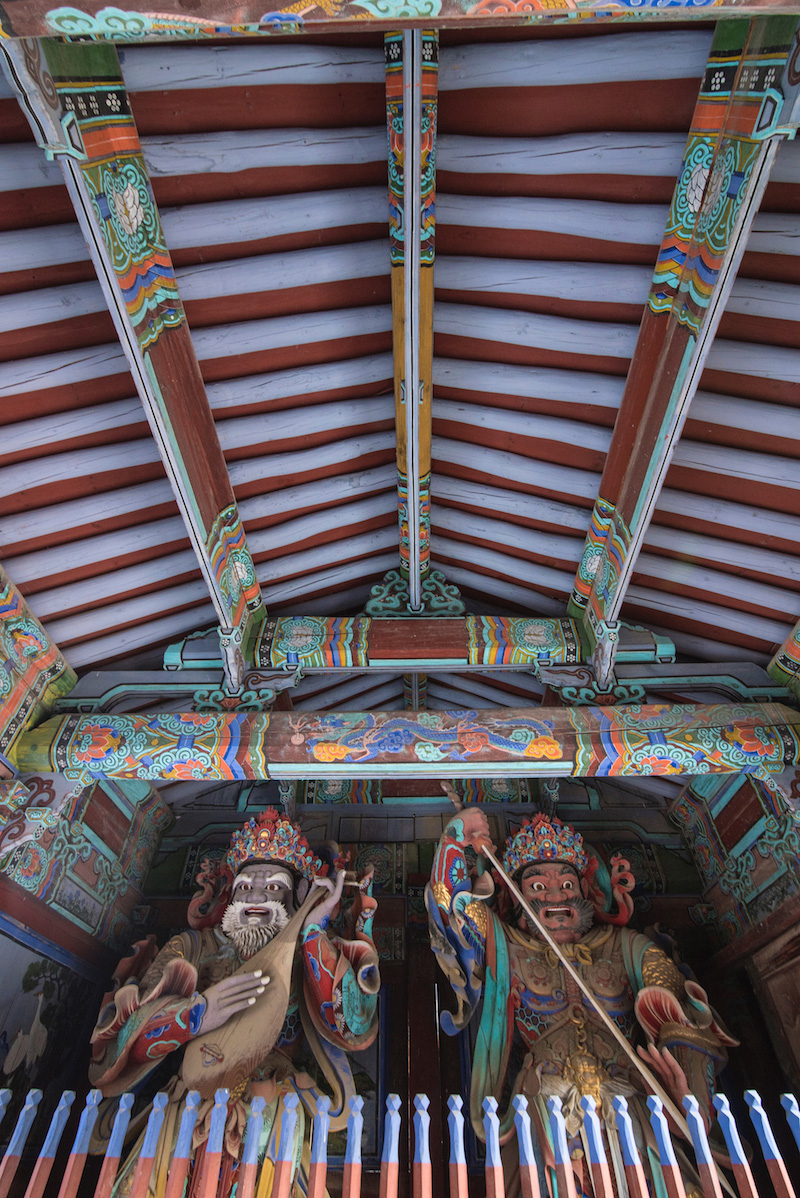
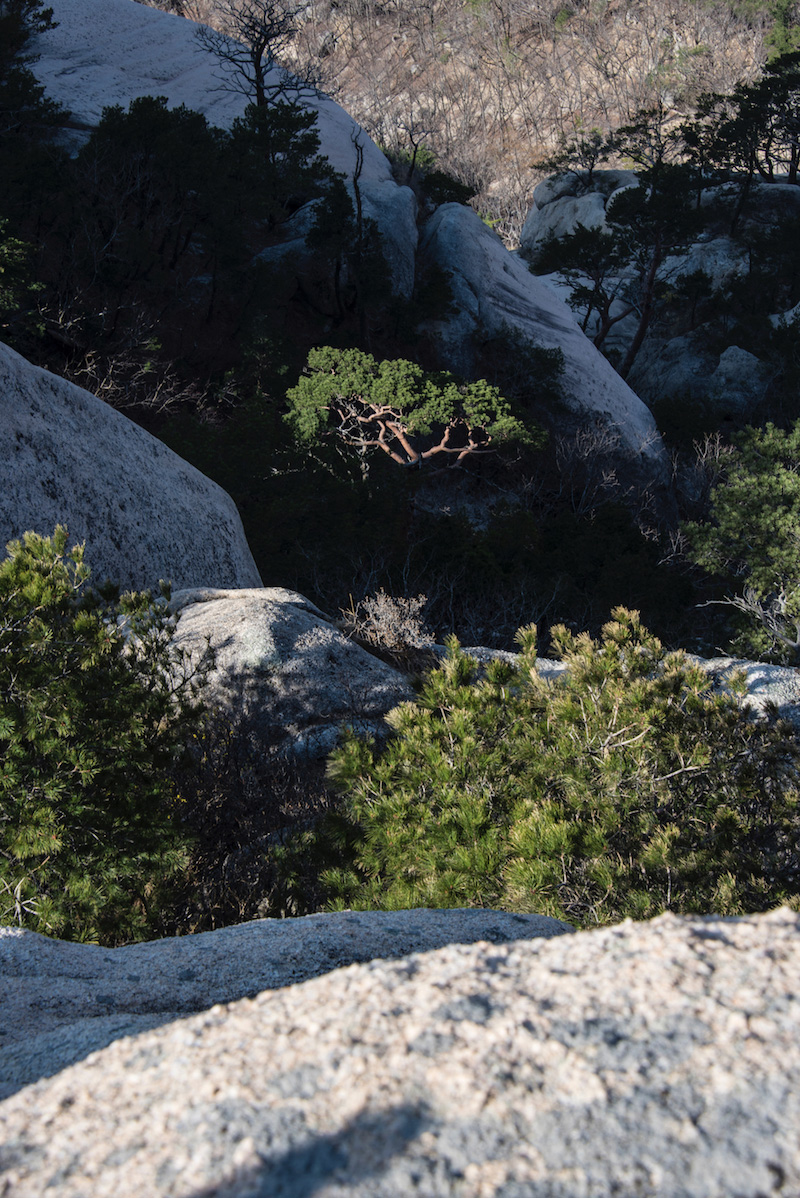
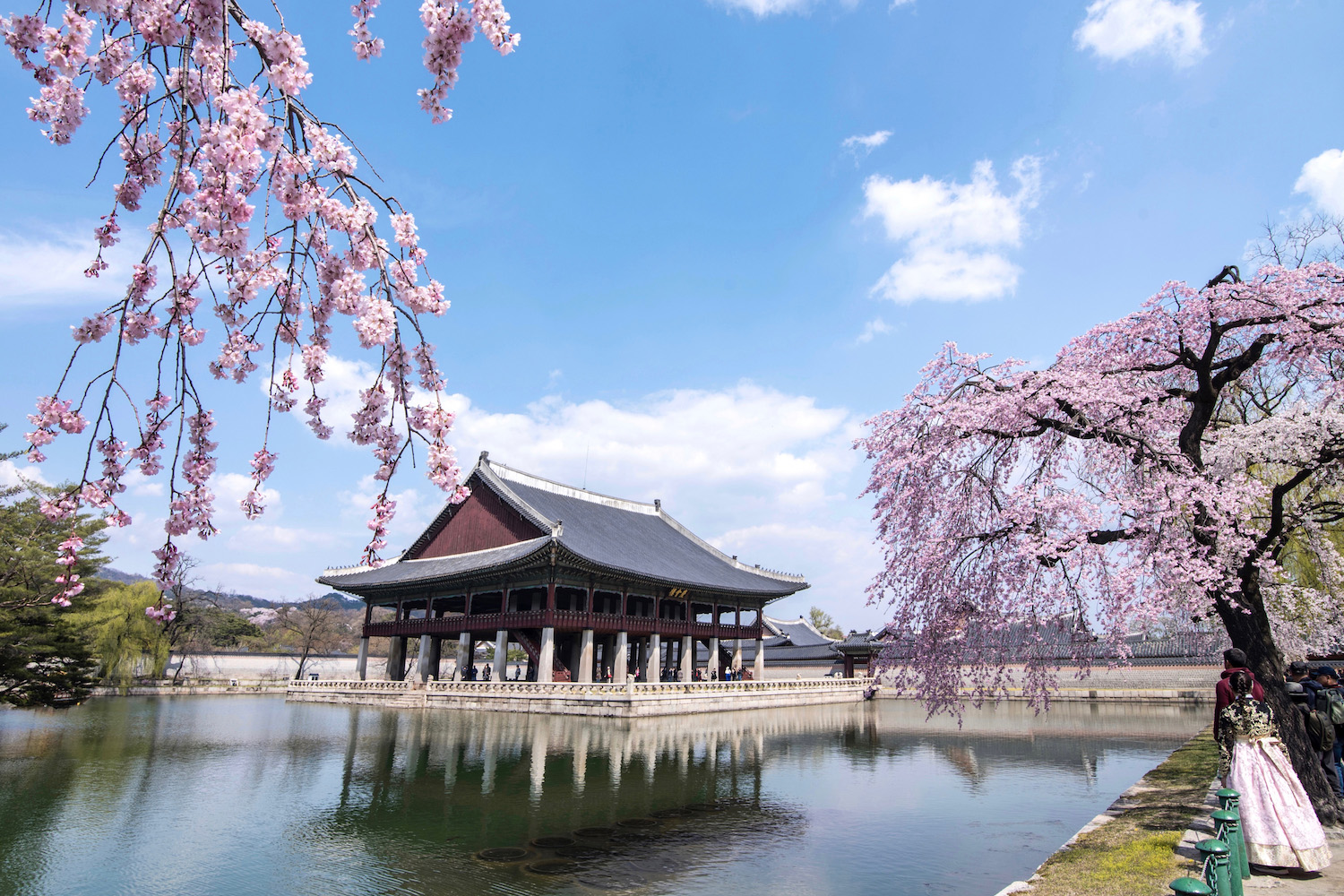
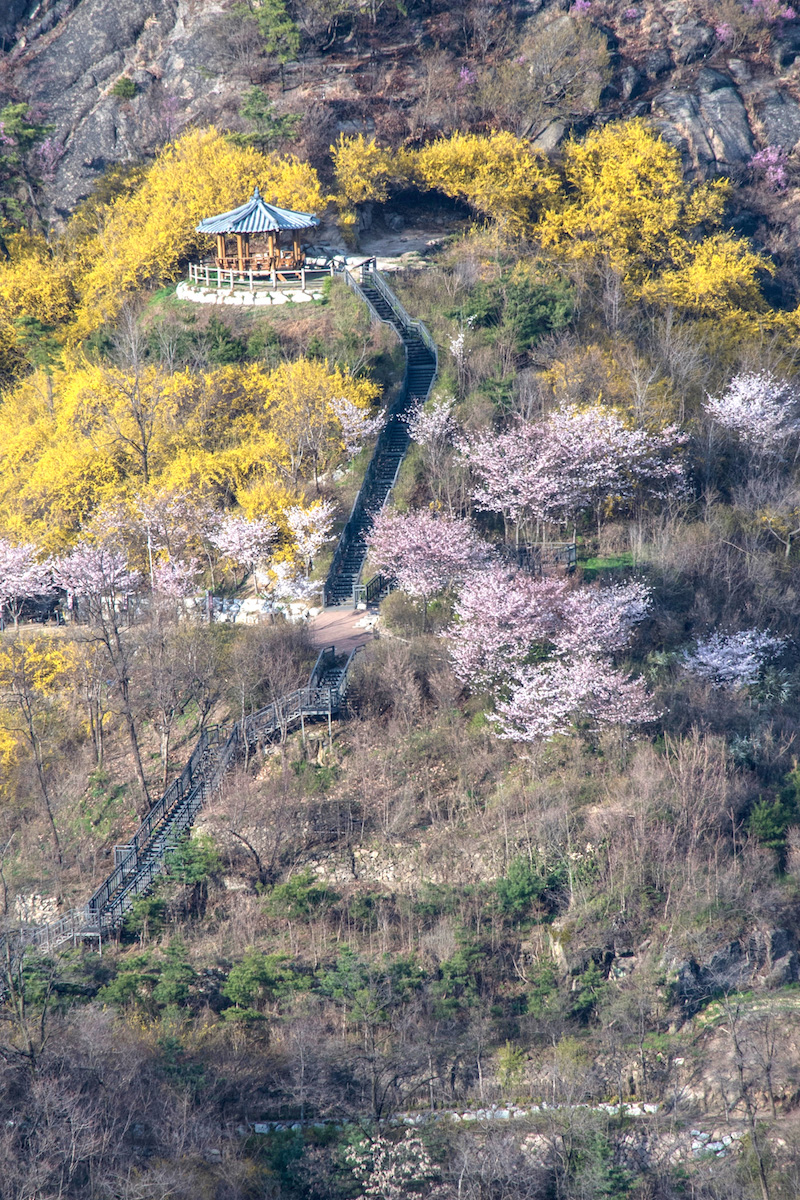
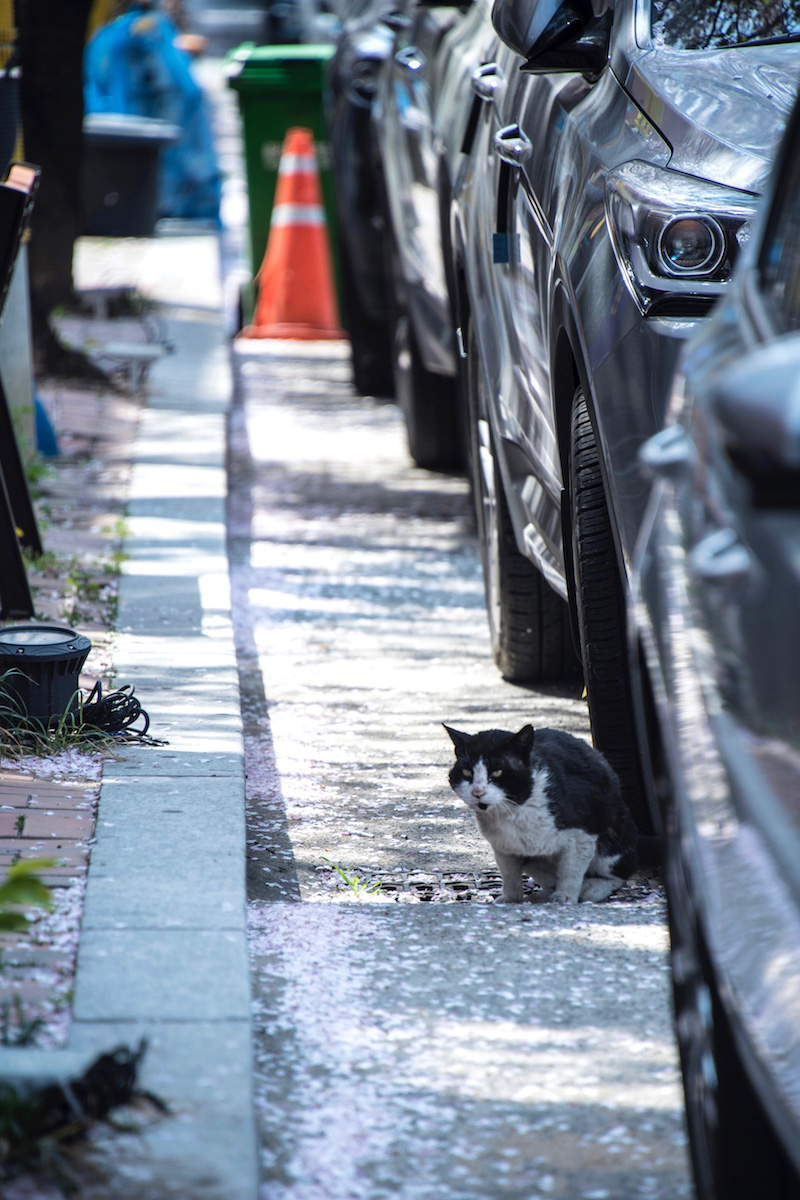
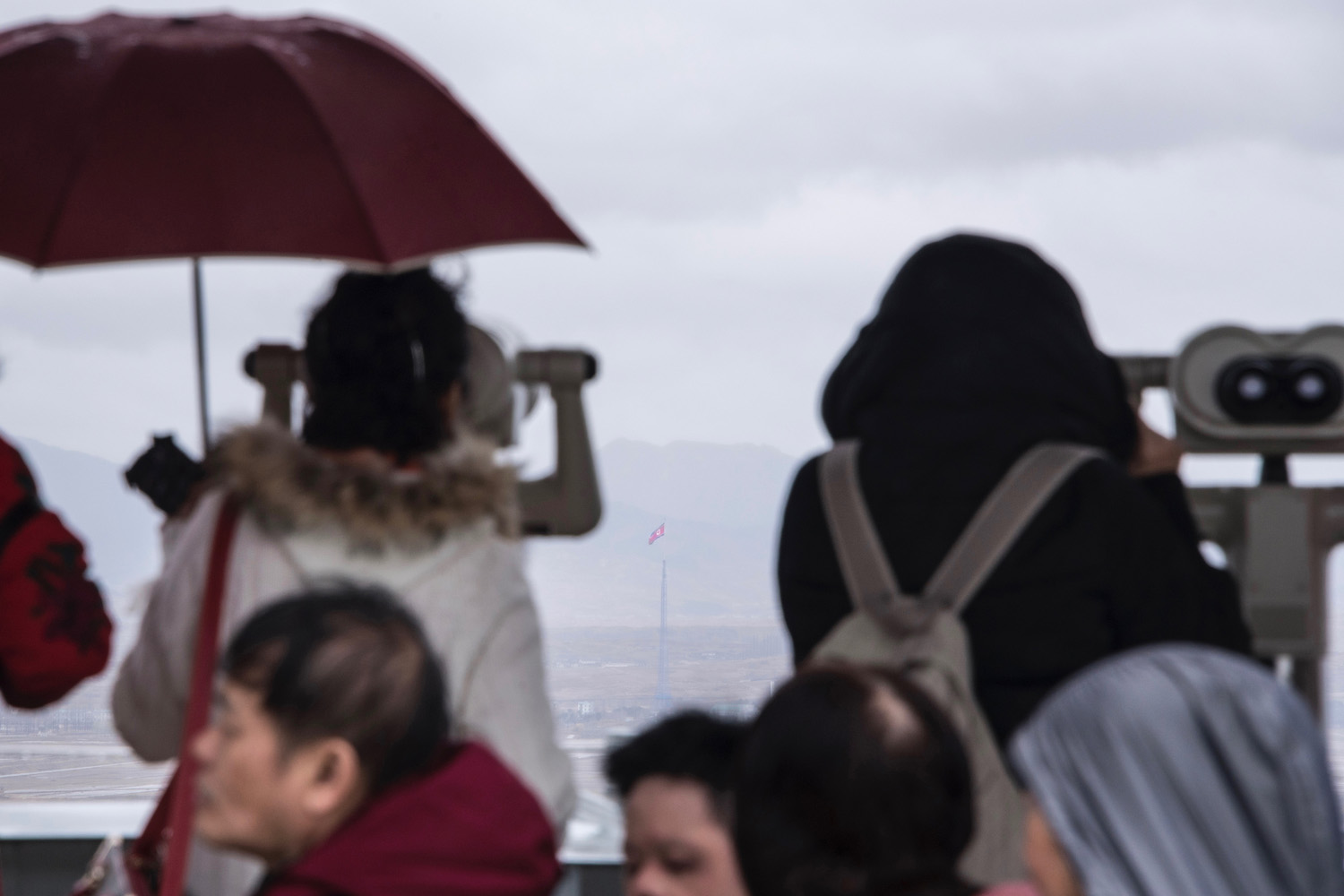
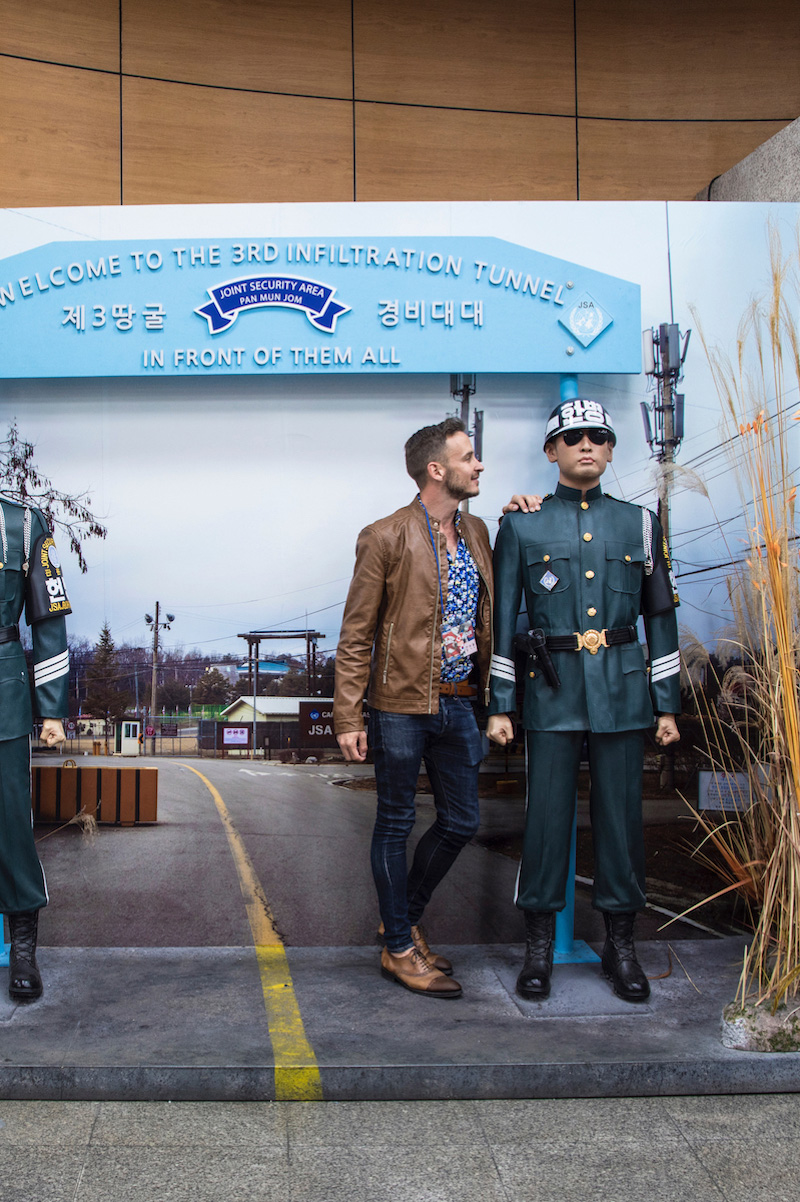

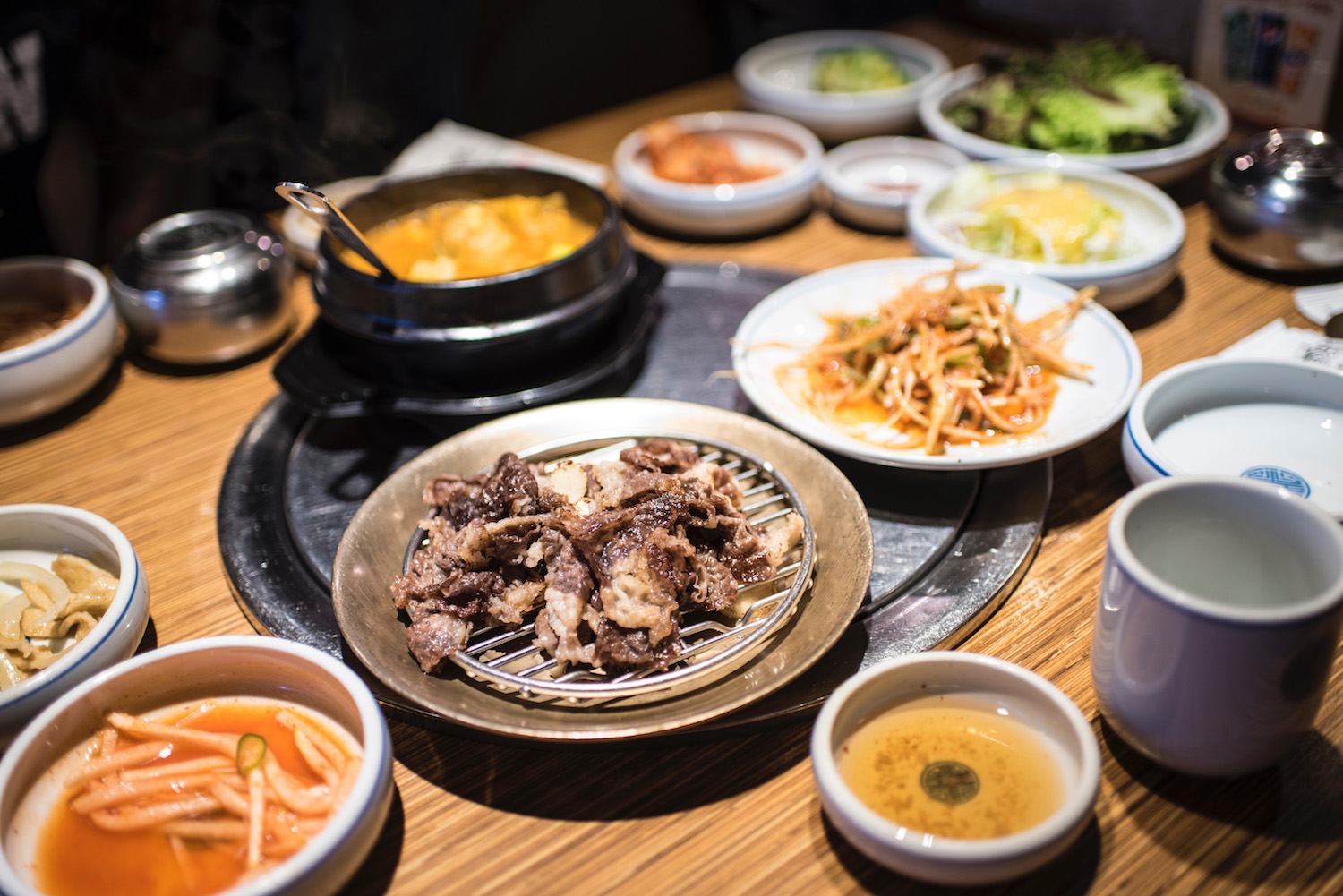
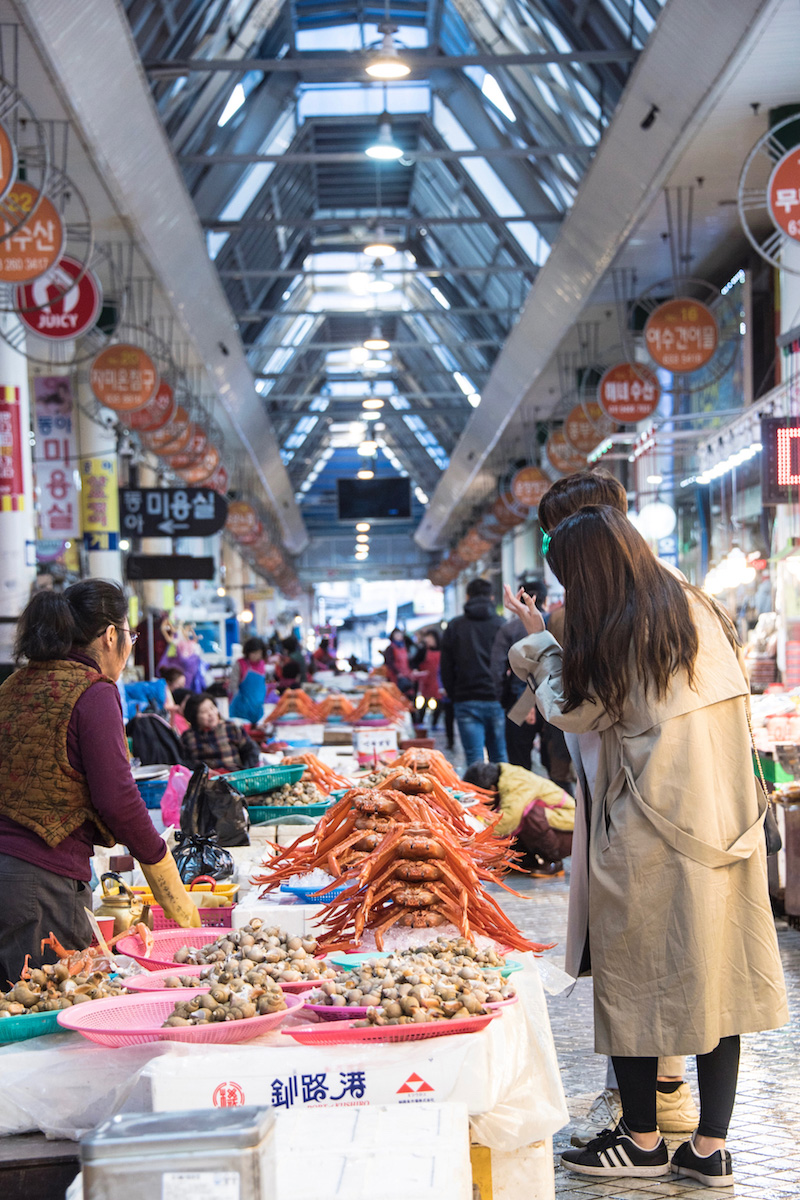
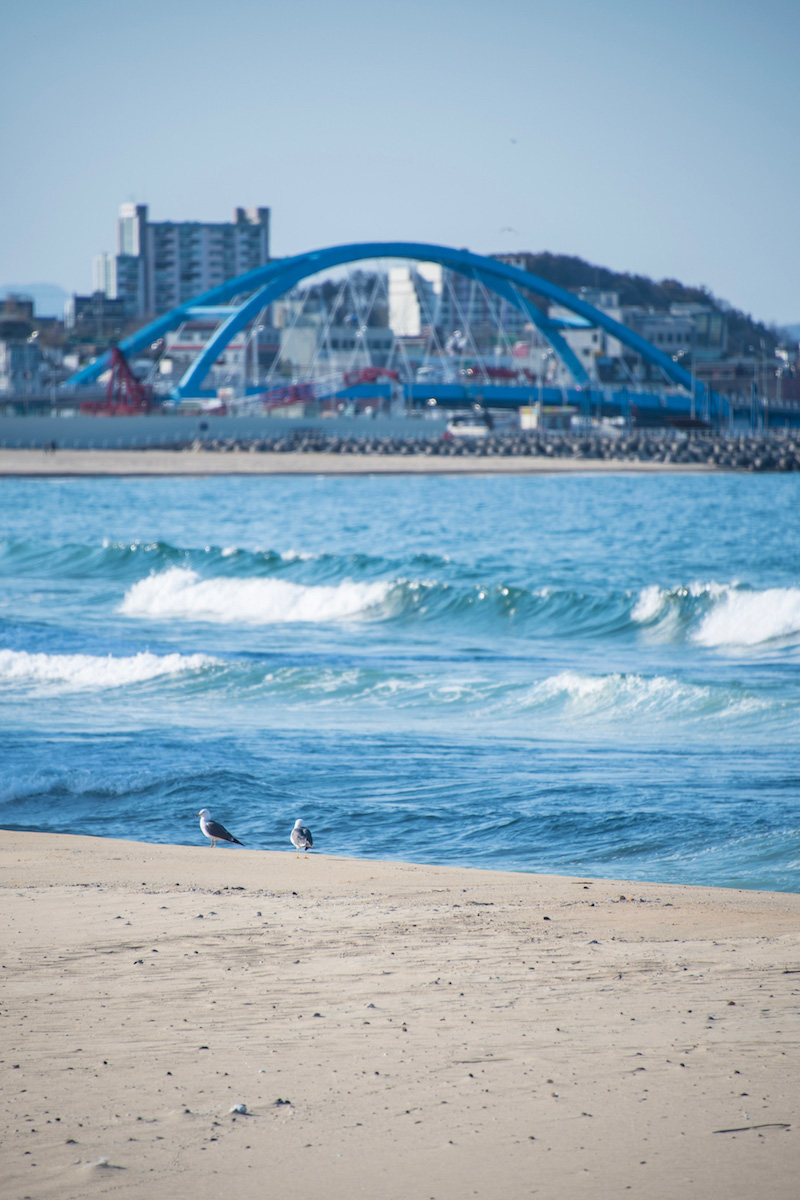
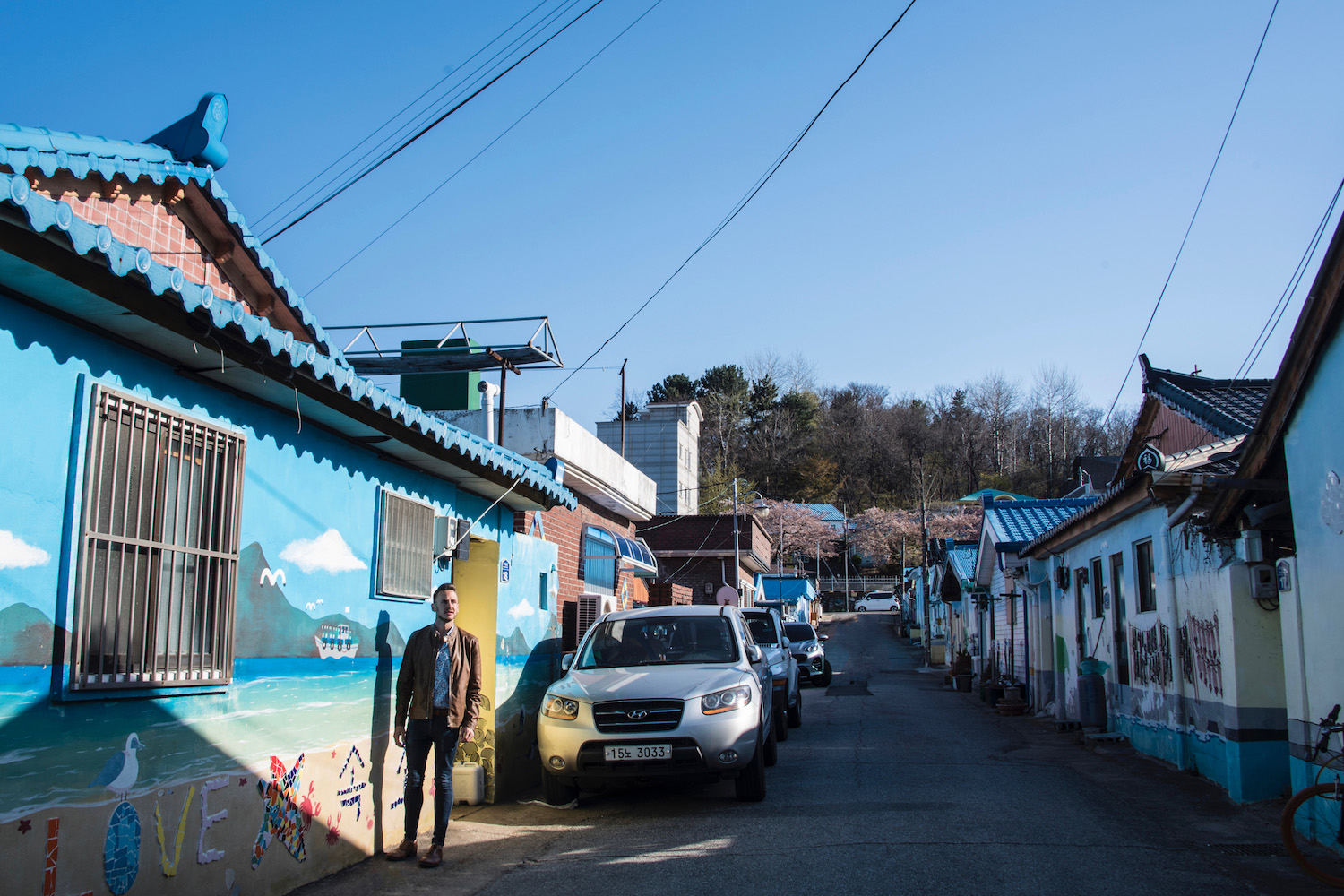
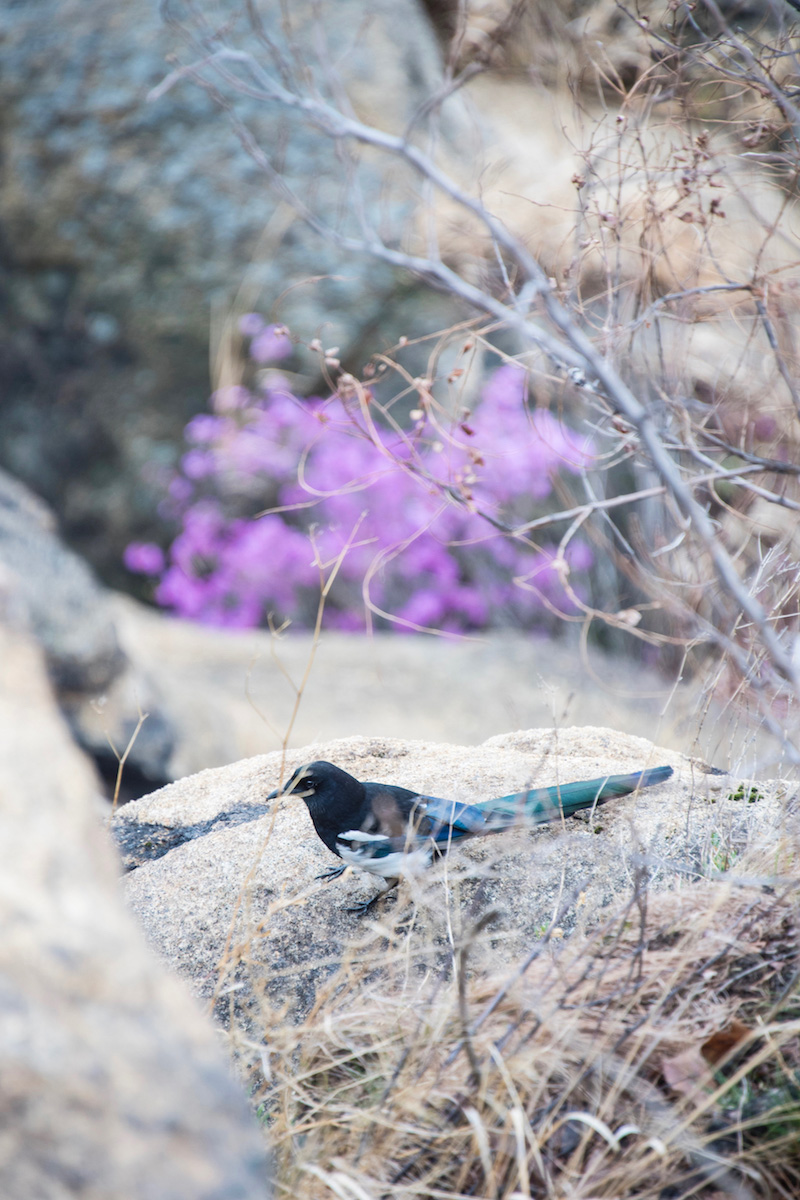
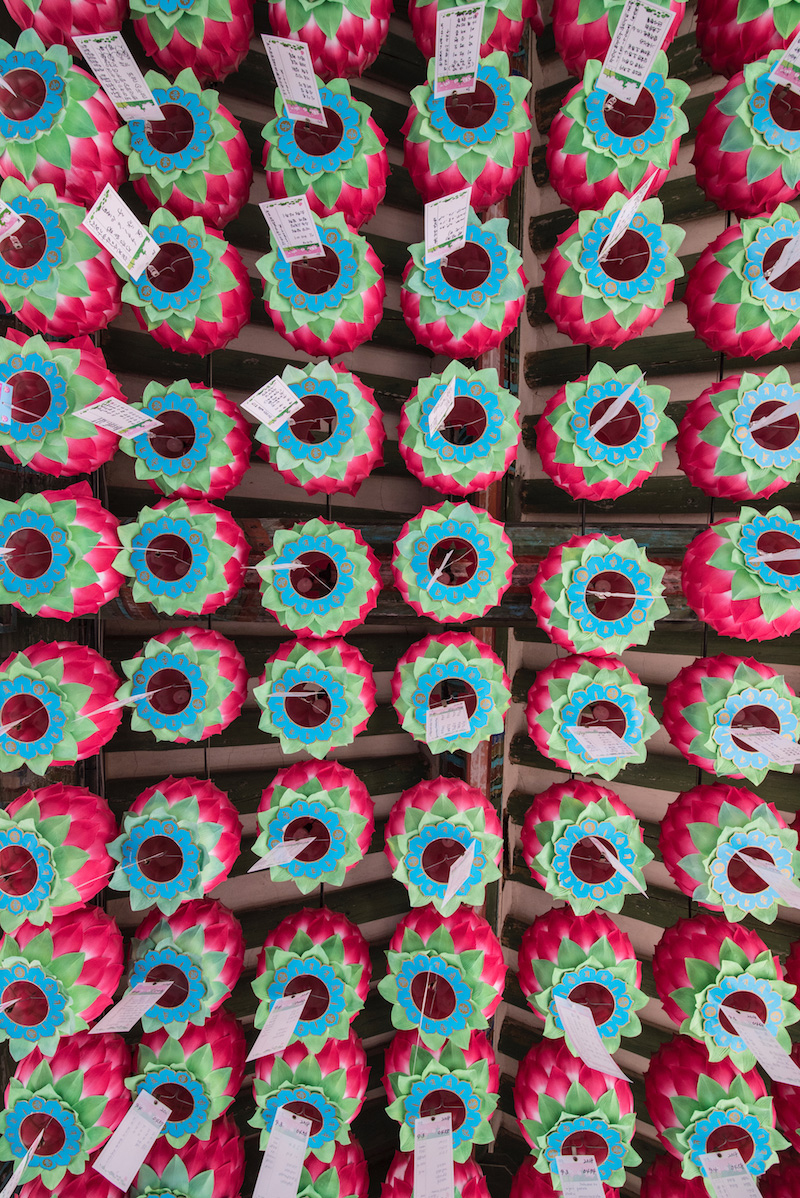



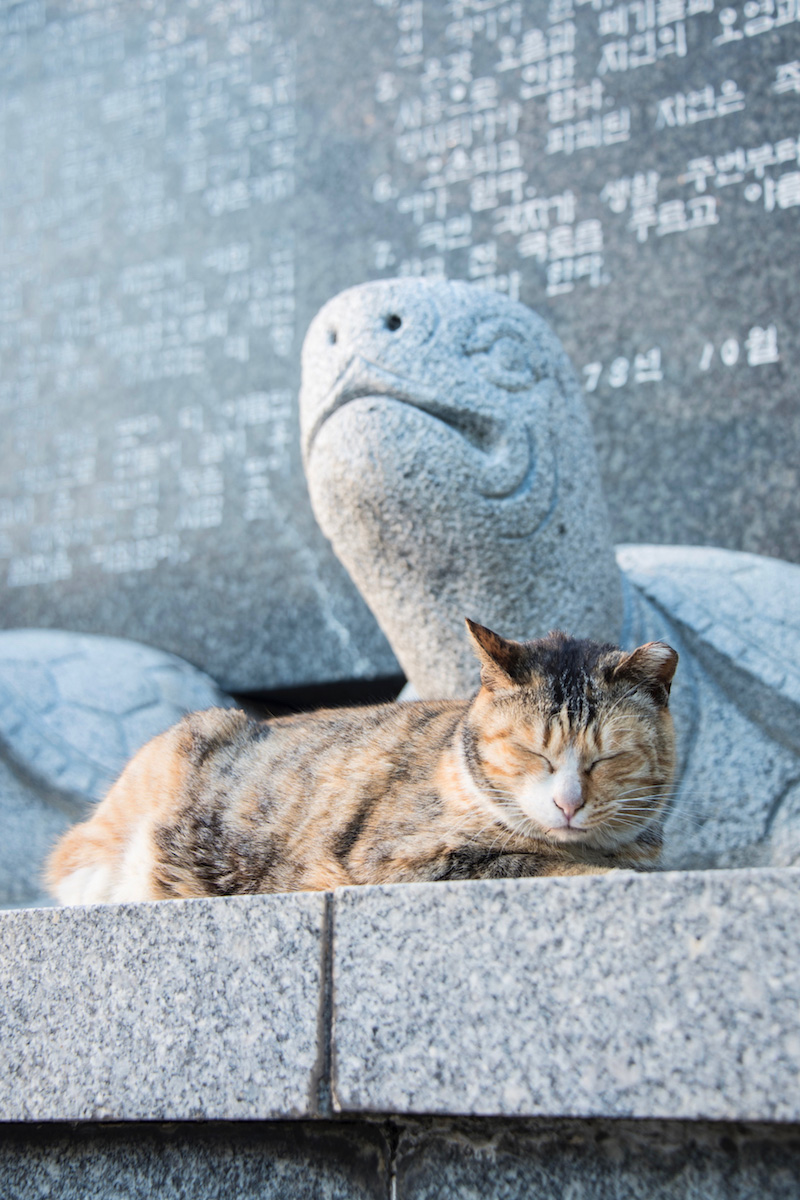
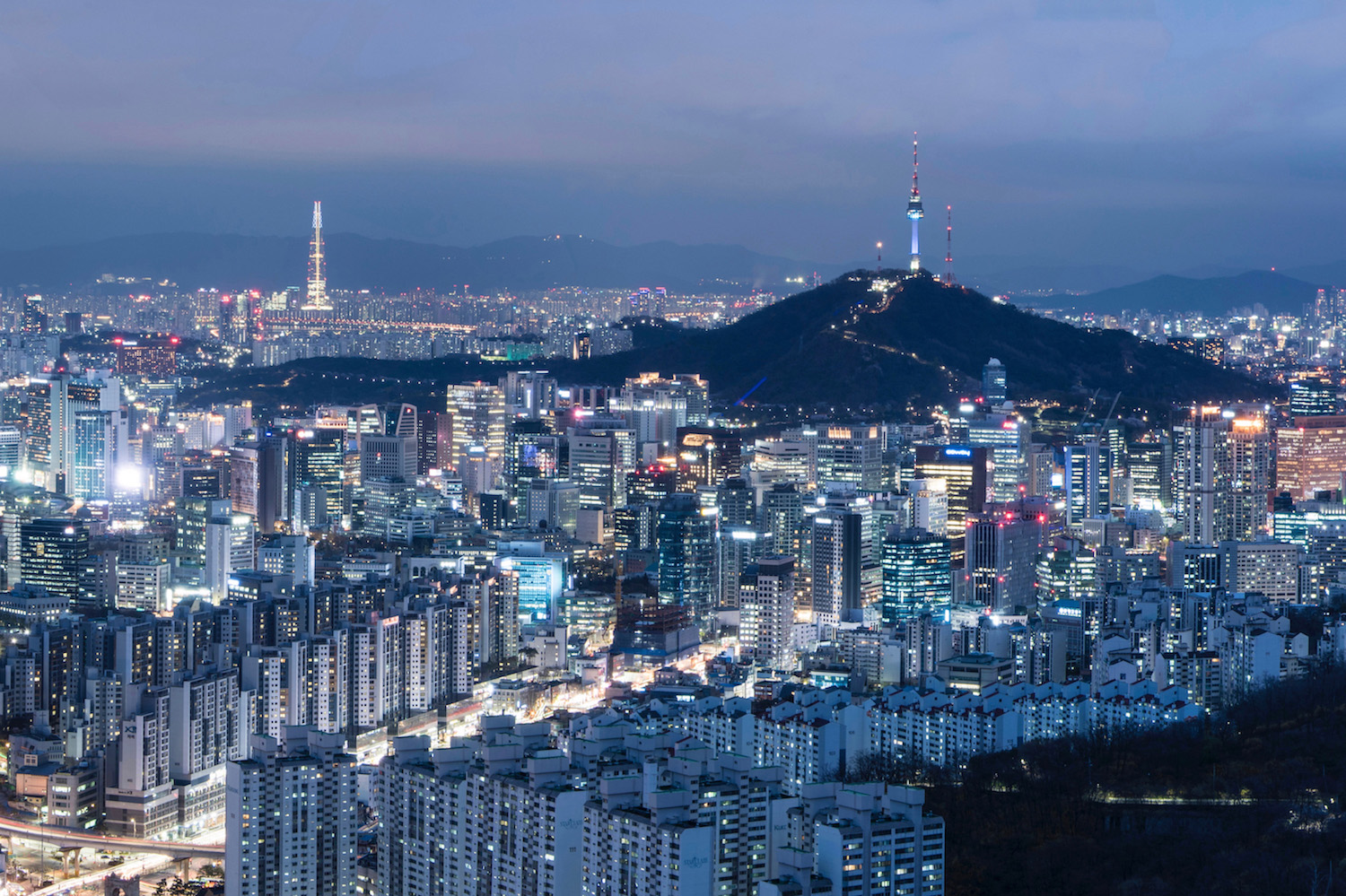
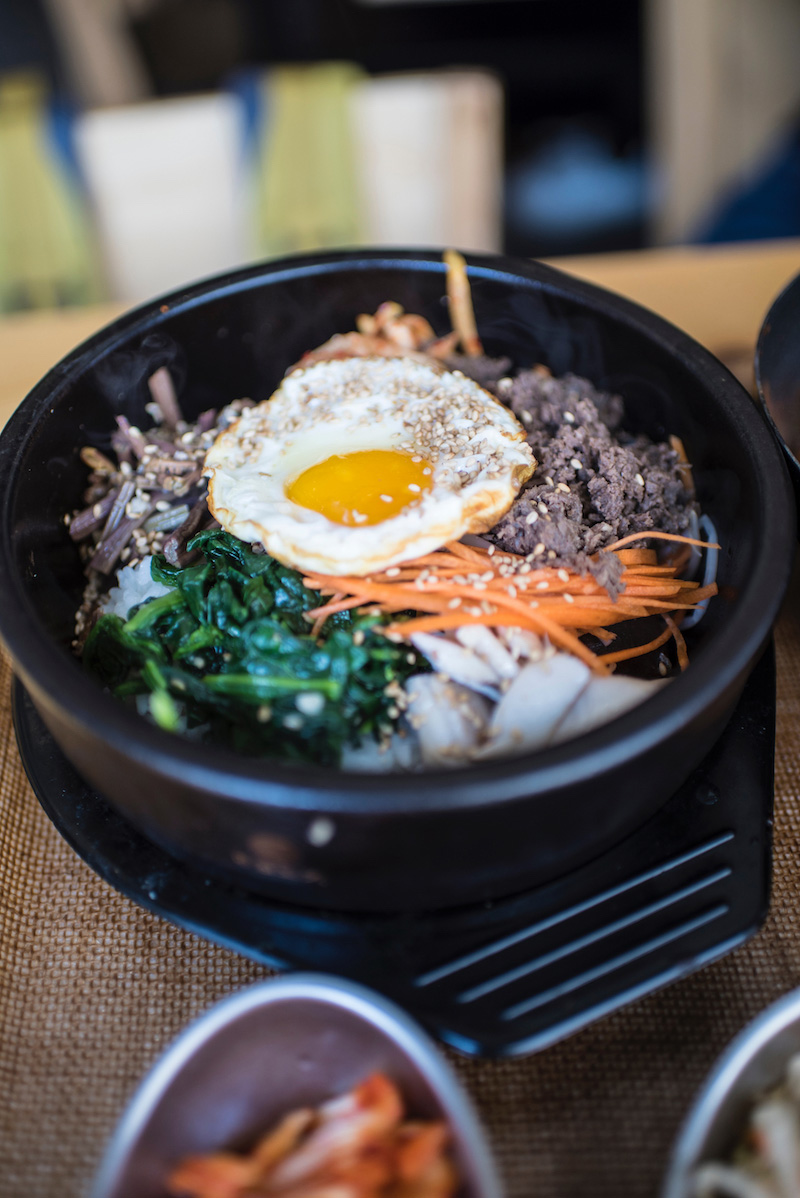
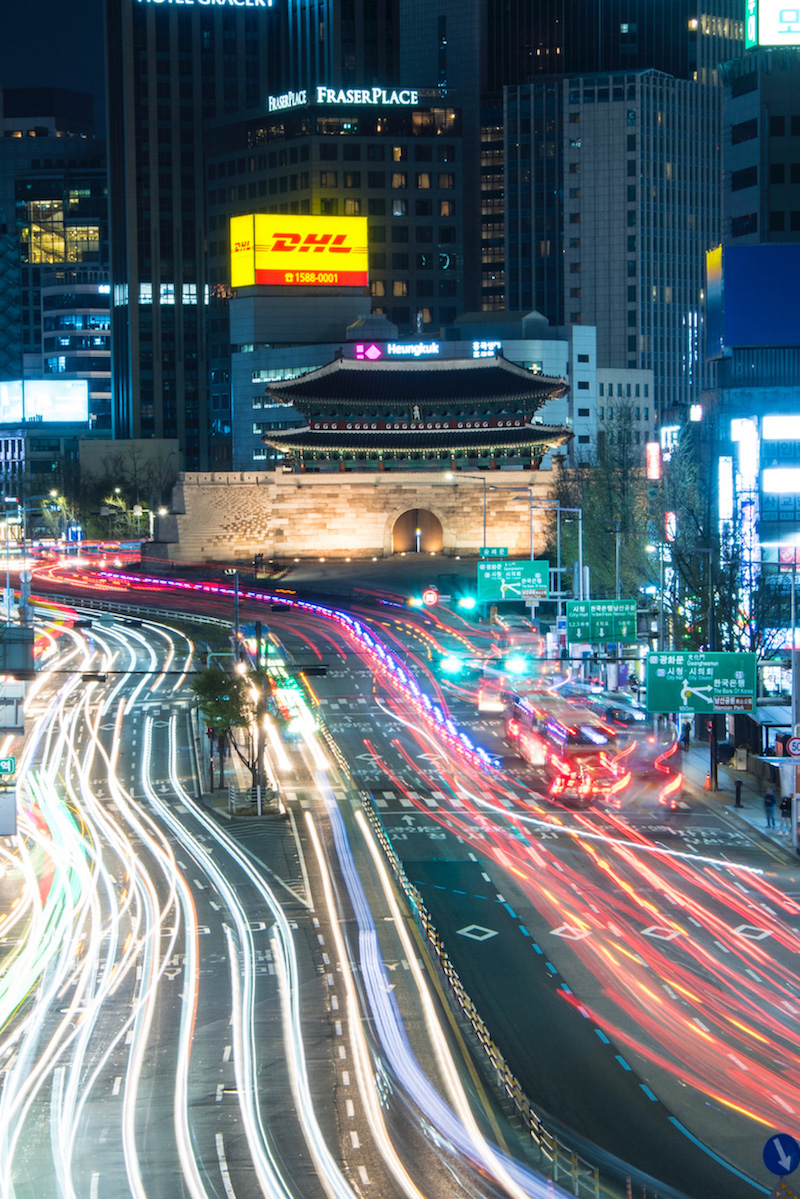
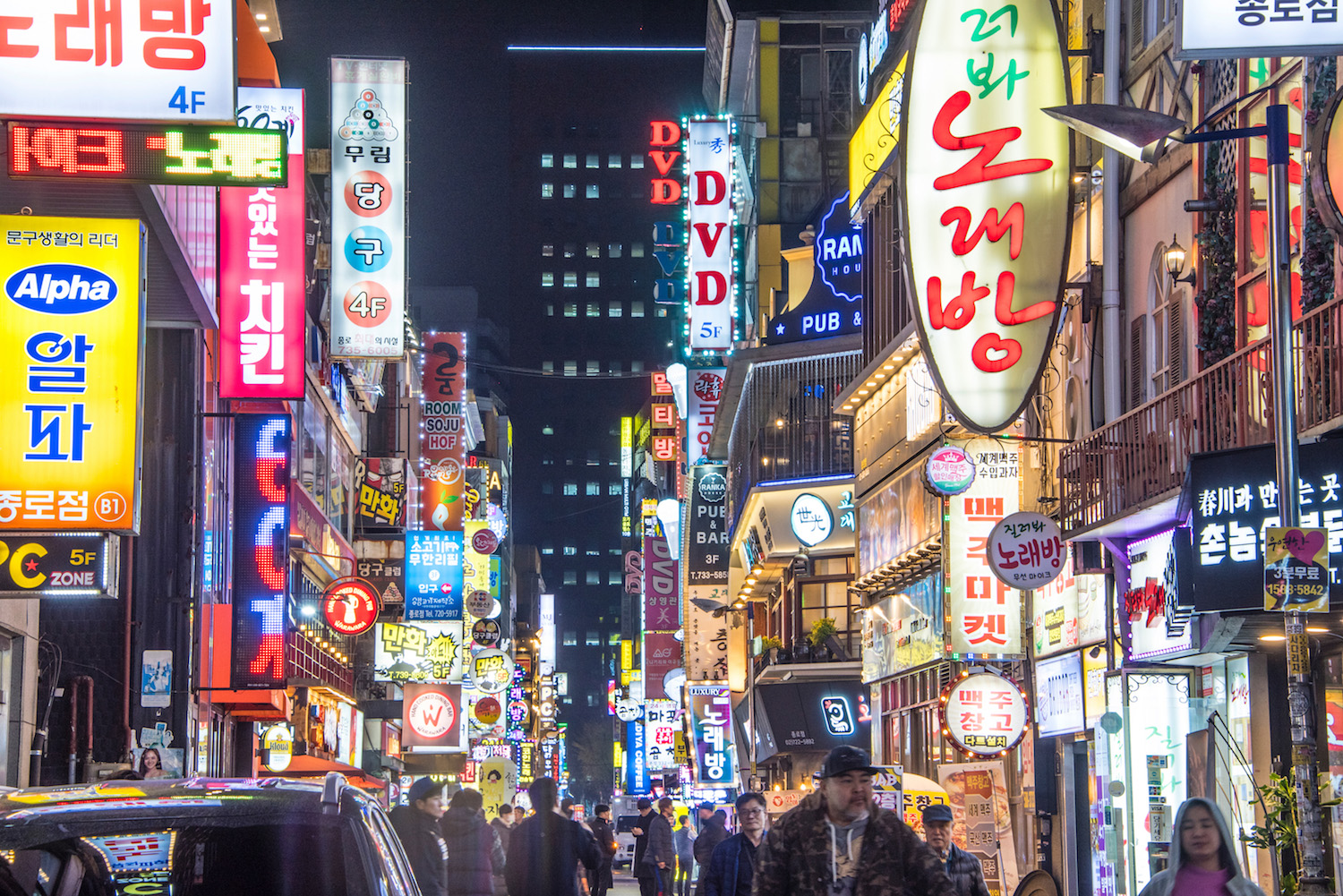

Robert Schrader is a travel writer and photographer who’s been roaming the world independently since 2005, writing for publications such as “CNNGo” and “Shanghaiist” along the way. His blog, Leave Your Daily Hell, provides a mix of travel advice, destination guides and personal essays covering the more esoteric aspects of life as a traveler.








